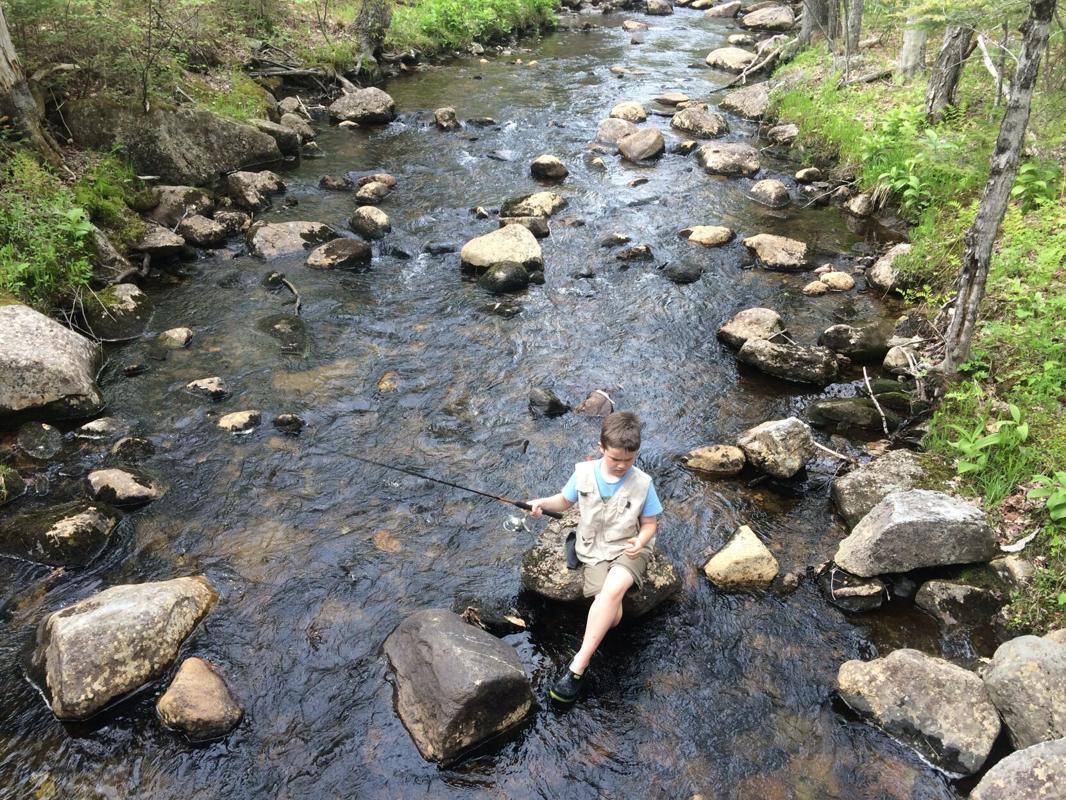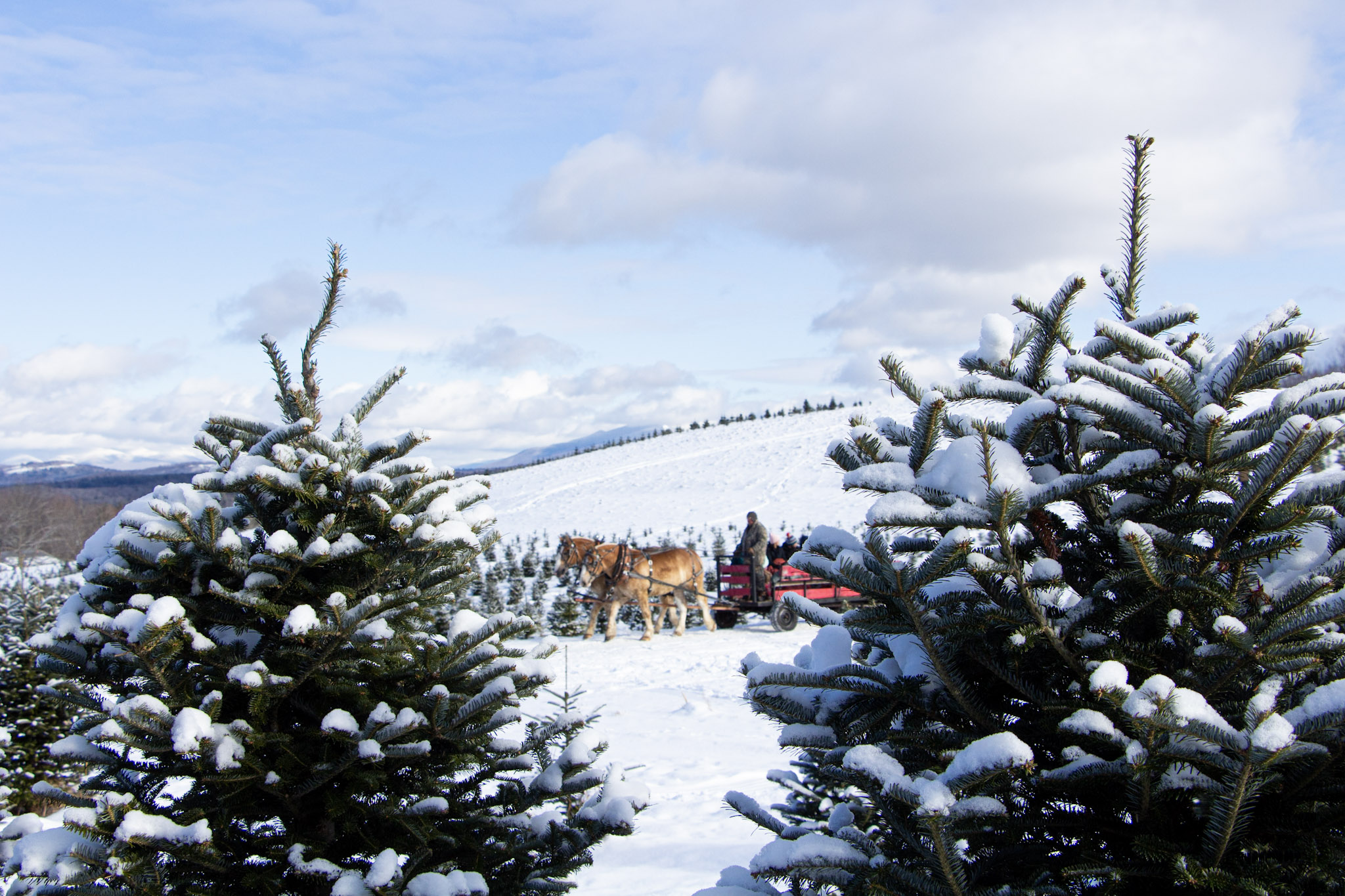- Tags:
- Recreation,
- Land Stewards,
- Forest Journal

Anyone who’s taken up a new outdoor hobby knows that there can be a steep learning curve in figuring out what equipment you need, or the best locations for your new pastime.
Sometimes trickier than those basics are etiquette, unwritten rules and customs that many outdoor devotees know well but of which new enthusiasts are unaware.
As a new birdwatcher, I remember the first time I realized that playing recorded bird songs to lure in target species was frowned upon in the birdwatching world.
“Huh,” I thought, “that does make sense” — since birds responding to recorded calls could be distracted from critical behavior like incubating eggs or feeding chicks.
The truth was I’d just never thought about it before. As the saying goes, you don’t know what you don’t know.
As outdoor activities like hiking and mountain biking grew over the past decade — fueled in part by COVID-19 pushing even the most reluctant homebody outside — so has the need to teach newbies the unofficial codes of responsibility passed along through word of mouth or by imitation.
Inappropriate behavior has led to issues with environmental degradation, safety concerns, user frustration and pressure on the landowners and local communities that host these activities.
In 2019, the Kingdom Trails Association in northeastern Vermont collaborated with the Bike Borderlands project and the Northern Forest Center to develop Ride with Gratitude, an explicit code of conduct for mountain bikers, after private landowners closed a portion of the trail network citing ne’er-do-well riders. The Granite Backcountry Alliance has done something similar for backcountry skiing with its Ski Kind campaign.
And incidents like the chaotic overcrowding at Artist’s Bluff during peak foliage last October have been a clear indication that we need to be more proactive across the spectrum.
In 2024, a U.S. Forest Service grant allowed for a number of outdoor recreation professionals and land managers from state and federal agencies and environmental groups to discuss outdoor recreation and visitor use management in the Granite State.
“One of the top takeaways was that we needed a platform to deliver safety and sustainability messaging, specific to New Hampshire and applied all across the state,” said Janel Lawton, director of NH’s Office of Outdoor Recreation Industry Development.
The state’s Department of Business and Economic Affairs responded quickly, working with the Leave No Trace organization to generate New Hampshire-specific recreation guidelines and then acquiring their own grant to develop and launch a new statewide campaign called “Wildly Responsible.”
“Wildly Responsible is for everyone who recreates outdoors in New Hampshire,” Lawton said. “The guidelines are a resource for people of any age, any asset, and any activity to enjoy our natural spaces safely and responsibly.”
The four core principles — Plan, Pack & Prepare; Care for Others; Protect & Preserve; and Go Have Fun — each contain a number of more specific guidelines for how to be safe and responsible in the outdoor environment.
A lot of it is common sense: things like checking the weather, making sure you have food and water, and being courteous to others sharing the same outdoor resources.
Other guidelines are less intuitive for the uninitiated — things like always having a “Plan B” in case your destination or objective is full, closed, or not currently a safe option.
The guidelines are also a great reminder for seasoned outdoor enthusiasts to think about how their behavior can affect others, the environment, and their own safety.
Ambassadors from the BEA have been very busy this summer getting the word out about Wildly Responsible on their website, social media posts, a YouTube channel, and by attending large outdoor industry events like Discover Wild NH Day, the Jericho ATV Festival and the NH Outdoor Expo.
“We’re in the activation phase, getting out there face-to-face with users, and networking with our business, government, and nonprofit partners to hopefully achieve a waterfall effect in reaching recreational users,” Lawton said.
She admitted that tracking the campaign’s success will be tricky — no sensational or tragic news is good news, after all — but officials hope that ultimately there will be fewer rescues and better communication channels as the recreating public becomes more knowledgeable.
“The goals here are really increasing safety, preserving the high quality of our outdoor visitor experiences, and protecting our natural amenities,” Lawton emphasized.
This weekend, the Forest Society is launching the sixth annual 5 Hikes Challenge, a popular DIY hiking challenge that encourages participants to get out and discover five new New Hampshire hiking destinations in the cooler, less-buggy autumn. The theme of this year’s challenge is “Hike with Heart” and the Forest Society is encouraging hikers to follow the new Wildly Responsible guidelines.
“Fall is just an amazing time to be out in the woods in New Hampshire,” said Dave Anderson, the Forest Society’s senior director of education, “There is a lot to love in these trail destinations, and hiking with heart is all about caring for and connection to our beautiful natural landscapes.”
The 5 Hikes Challenge runs through the end of October; more information and registration can be found at https://www.forestsociety.org/5hikeschallenge2025.
